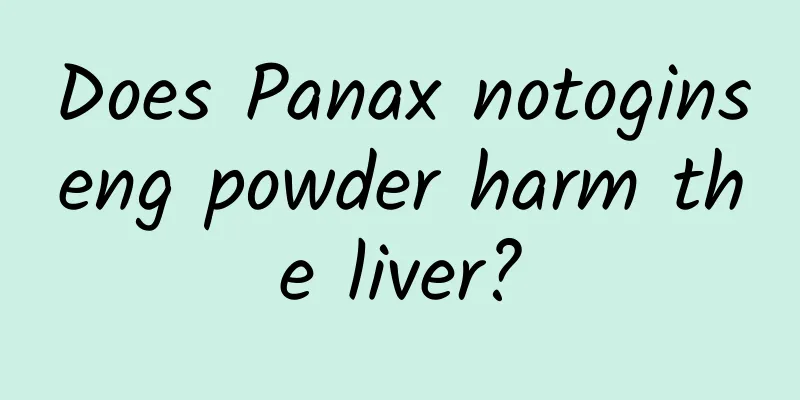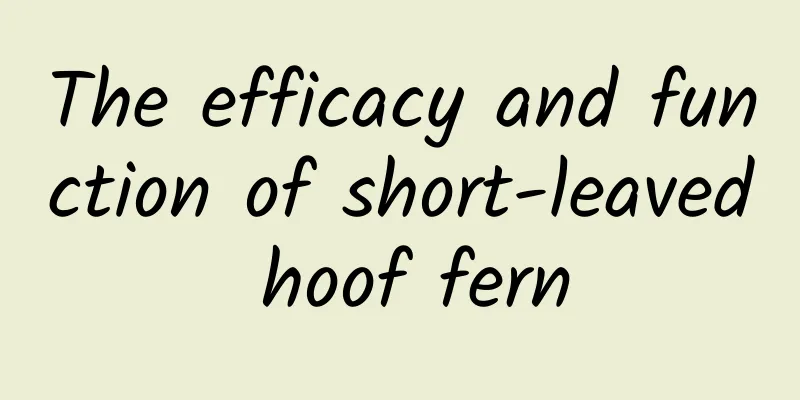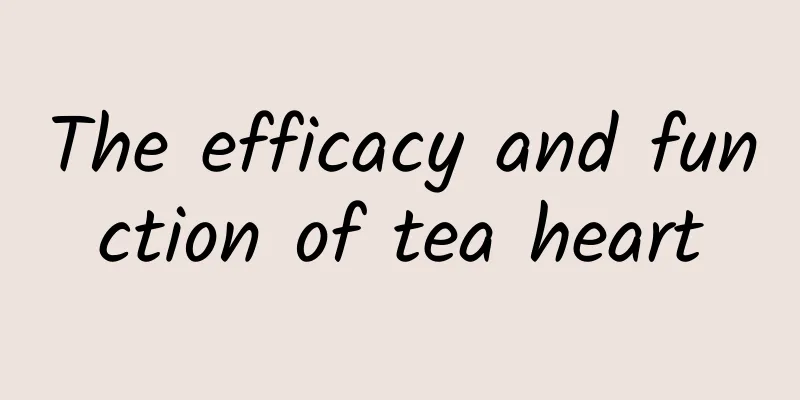Does Panax notoginseng powder harm the liver?

|
The nutritional value of Panax notoginseng powder is very high. Many women often drink some Panax notoginseng powder because it has the effect of promoting blood circulation and removing blood stasis for women. Especially during menstruation, Panax notoginseng powder can effectively relieve women's dysmenorrhea. In addition, Panax notoginseng powder also has a good effect on some injuries. However, long-term use will also have side effects. So does Panax notoginseng powder hurt the liver? Effects of Panax notoginseng saponins (PNS) on DNA (deoxyribonucleic acid) and Pr (pulse rate). Panax notoginseng has significant liver-protecting effects. Panax notoginseng can significantly reduce SGPT (alanine aminotransferase) and promote the recovery of the function and morphology of important organelles such as liver mitochondria and endoplasmic reticulum. Moreover, Panax notoginseng can promote sugar metabolism, increase the glycogen reserves of liver cells, and help the recovery of liver damage. Panax notoginseng can relieve the thick, sticky, aggregated and coagulated state of blood, improve liver microcirculation and increase blood flow. As for some friends who experienced increased liver function after taking Panax notoginseng powder, it may be related to the excessive dosage. Please remember: "Take a small amount regularly! Use raw powder raw!" The eight-character principle. Take no more than three grams per day, choose raw Panax notoginseng powder, and take it after breakfast. Don’t overdose! Don’t heat it! Don’t take it on an empty stomach! Keep taking it, and over time, it will naturally have unexpected effects! Drinking Panax notoginseng powder regularly will make women no longer have spots! Men can have sex longer! The blood of the elderly will not be thick! Importance of liver protection: Nowadays, many young people have the habit of working or entertaining at night, and some specific occupations and groups have a higher late sleeping index, such as IT workers, media workers, junior and senior high school students, netizens, etc. However, staying up late is most likely to cause liver disease. We cannot change our living habits immediately, but we need to take precautions in advance to prevent the damage that staying up late may cause to our bodies. This is also in line with the principle of "taking care before you get sick." The medicine does have a certain effect of promoting blood circulation and removing blood stasis, but it has no effect or side effects on the liver. Patients need to understand some basic common sense and use drugs scientifically and rationally for treatment. They should not use drugs blindly to avoid poisoning. This drug can be used if there is trauma, but it will not work for liver problems. |
<<: Long-term use of Panax notoginseng powder has a negative effect on the liver
>>: What to do with varicose veins in the genitals
Recommend
What are the benefits of Ali tree?
The Ali tree is a wild plant that generally grows...
Where did the red underwear for the birth year come from?
The New Year is coming, and from the city to the ...
The efficacy of three-branch nine-leaf grass
Relatively many people are not so familiar with t...
What is the best kidney-tonifying and aphrodisiac herb?
Men need to nourish the kidneys and strengthen th...
The efficacy and function of camellia oil
As we all know, camellia oil is a very common med...
Zhu Kezhen and Hu Shi's "Gamble" on Health
Master's Past The seventh of this month marks...
The efficacy and function of large flying grass
In fact, the occurrence of many human diseases is...
There are so many green radishes in the world, but isn't there a single one that blooms?
As one of the most successful indoor cultivated p...
After reading this article, I am dirty...
current Pursue a healthy living environment It ha...
What are the effects and functions of Polygala tube?
As people in modern society face increasing econo...
Can honey cure insomnia?
Some people suffer from insomnia because they are...
What is the difference between Pueraria lobata and Pueraria lobata
There are countless plants in nature, and the val...
“Xiangshou Crab” has become a hot topic. Are pet crabs going to become internet celebrities?
Recently, crabs have suddenly become popular as p...
When did Chinese people start eating melon seeds? Emperors of the Ming Dynasty loved them...
If you can't go out to play, you can spend th...
What? Three-quarters of shark species are endangered? They are also a great threat to humans
Expert of this article: Liu Yadan, researcher, de...









